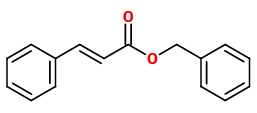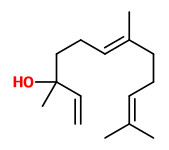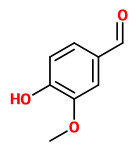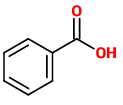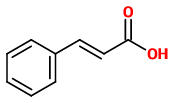Myroxylon balsamum (L.) Harms var. pereirae (Royle) Harms - syn.Myroxylon pereirae (Royle) Klotzsch; Toluifera pereirae (Royle) Baill. - Fabaceae - balsam of Peru, Peru balsam, Perubalsam-Baum
Evergreen tree, native to Central America (Mexico to Costa Rica), cultivated also in Java, Sri Lanka and naturalized there (potential ecological threat). wikipedia
„Peru balsam, produced by injured trees, exudes from trunk and limbs or is extreacted from bark. Peru balsam, not produced in Peru, recieved its name because it was originally assembled and shipped to Spain from the port of Callo, Peru. Oil (cinnamein) is used in perfume, cosmetic, and soap industries.“
[CRC Handbook of Medicinal Herbs, Duke, James A., 1990, 322]
„Balsam of Peru smells of vanilla and cinnamon because it contains 60-70% cinnamein (a combination of cinnamic acid, cinnamyl cinnamate, benzyl benzoate, benzoic acid and vanillin). The other 30-40% contains resins of unknown composition. It also contains essential oils similar to those in citrus fruit peel. These are all potential allergens… Typical allergic contact dermatitis reactions may occur in individuals allergic to Balsam of Peru or any other chemically related substances. Flare-up of hand eczema is common in sensitive individuals if they use or consume products containing Balsam of Peru or related allergens. Oral exposure may cause sore mouth (tongue) and rash of the lips or angles of the mouth.“ dermnetnz.org retr. 2025-11-03
„Peru balsam contains about 50-60% of an ester mixture, formerly known as Cinnamein, which comprises more than 2/3 of benzyl benzoate and 1/3 of benzyl cinnamate.“
[Perubalsam, Balsamum peruvianum, Kommentar zum DAB 10, 1.NT, 1992]
„26 different compounds have been investigated experimentally for their sensitizing capacity in guinea pigs. 19 of these occur in propolis as well as in poplar bud exudates, and 14 of them are also found in balsam of Peru. 4 caffeates and benzyl isoferulate were found to be strong Sensitizers. 7 compounds were moderate, and 13 compounds showed only weak sensitizing potency. Methyl cinnamate was negative. Patch tests in 11 propolis-sensitive patients once more revealed 3-methyl-2-butenyl caffeate and phenylethyl caffeate as the major sensitizers. In addition to the 8 compounds already known to occur in propolis as well as in balsam of Peru, we detected 5 further substances that both materials have in common. Among these, benzyl isoferulate is considered a noteworthy sensitizer. Coniferyl benzoate, which was shown to be a moderate sensitizer, is present in fresh samples of balsam of Peru, while in propolis it has been detected only once so far.“
[Propolis allergy (IV) Studies with further sensitizers from propolis and constituents common to propolis, poplar buds and balsam of Peru., Hausen, B.M., Evers, P., Stüwe, H.T., König, W.A., Wollenweber, E., Contact Dermatitis, 26(1), 1992, 34-44]
„Balsam of Peru is used worldwide for different purposes. Three quarters of its constituents are still unknown, and its main allergens have not been identified to date… Using different analytic methods such as thin-layer chromatography, high-pressure liquid chromatography, gas chromatography/mass spectrometry, and sensitization experiments in guinea pigs resulted in the identification of a greater number of constituents and the determination of their sensitizing potency.
Benzyl isoferulate, coniferyl cinnamate, hydroconiferyl cinnamate, and hydroconiferyl benzoate were identified among others as new constituents. Also, the presence of coniferyl benzoate could be shown for the first time. It showed the strongest sensitizing capacity of all compounds tested followed by benzyl isoferulate. The latter is a significant cross-linking allergen because it occurs in propolis as well.“
[Identification of New Allergenic Constituents and Proof of Evidence for Coniferyl Benzoate in Balsam of Peru., Hausen, B.M., Simatupang, T., Bruhn, G., Evers, P., Koenig, W.A., Dermatitis, Vol.6(4), 1995, 199-208]
„Peru balsam odour is the reference balsamic note; rich, sweet, soft and long lasting with a vanilla-like dryout. Its characterising components are cinnamic derivatives and vanillin.“ Main components of 'Peru Balsam Oil' (distilled directly from the balsam at high vacuum using the minimum of heating) were benzyl benzoate (86.2%), benzyl trans cinnamate (6.0%), nerolidol (Z/E; 2.4%), benzoic acid (2.0%), and benzyl alcohol (1.6%). Minor components were e.g. benzaldehyde (0.03%), methyl benzoate (0.02%), vanillin (0.4%), as well as cinnamic acid (0.1%) and their esters like methyl cinnamate and cinnamyl cinnamate.
[Moyler, D. A., R. A. Clery, and K. A. D. Swift. „Flavours and Fragrances.“ Special Publications No. 214 (1997): 96-115]
Volatile constituents were identified by SPME/GC-MS analysis of Peru Balsam. A high percentage of nerolidol (38%) was found, together with benzyl benzoate (31%). Major components were also benzyl alcohol (8%), benzoic acid (6%), benzaldehyde, β-farnesene, α-farnesene, and styrene.
SFE CO2 extracts were rich in benzyl benzoate (48-60%), followed by benzyl cinnamate (15-37%) and nerolidol (7-17%).
Major products of hydro distillation were nerolidol (46%) and benzyl benzoate (44%); minor components were benzyl cinnamate (1%) and ethyl benzoate (1%).
[Contribution to the analysis and quality control of Peru Balsam., Mammerler, V., Doctoral dissertation, Uni Wien, 2009] PDF
„Because of their widespread use, fragrances are among the most common causes of contact allergic dermatitis, second only to nickel. During a five-year period 3,065 patients with contact dermatitis were patch tested using a specific mix of fragrances. 509 (16.6%) patients were allergic to the fragrance mix, while 258 (8.4%) patients exhibited an allergic reaction to Myroxylon pereirae (balsam of Peru). Between those 509 patients, 157 were patch tested with eight individual substances contained in the fragrance mix: cinnamal, cinnamyl alcohol, eugenol, isoeugenol, geraniol, hydroxycitronellal, alpha-amyl cinnamal and Evernia prunastri (oak moss). The most frequent allergens were isoeugenol 57.9% (91/157), eugenol 55.4% (87/157), cinnamyl alcohol 34.4% (54/157) and Evernia prunastri (oak moss) 24.2% (38/157). There were 62 patients (39.5%) who exhibited an allergic reaction to both the fragrance mix and Myroxylon pereirae (balsam of Peru).“
[Contact allergy caused by fragrance mix and Myroxylon pereirae (Balsam of Peru), a retrospective study., Turčić, P., Lipozenčić, J., Milavec-Puretić, V., Marinović Kulišić, S., Collegium antropologicum, 35(1), 2011, 83-87] PDF
Main components of the hydrodistilled essential oil of six commercial samples of Peru balsam analysed by GC-MS were benzyl benzoate (47.9-70.4%), nerolidol (19.0-36.2%), benzyl cinnamate (0.7-3.6%), α-pinene (0.6-1.7%), styrene (0.3-1.6%), (Z)-ocimene (0.2-1.5%), and ethyl benzoate (0.5-1.2%).
[Zitterl-Eglseer, K., et al. „Dermatological compatibility of different Peru balsams (Myroxylon balsamum Harms) and their main compounds nerolidol and benzyl benzoate in dogs evaluated by means of patch testing.“ Wiener Tierärztliche Monatsschrift 99.3-4 (2012): 101-108]
Main constituents of a commercial Peru balsam oil originating from El Salvador were benzyl benzoate (44.2%), benzyl cinnamate (25.6%), cinnamic acid (13.3%), benzoic acid (5.9%), nerolidol (4.5%), and coumarin (1.0%). Minor components were benzyl alcohol (0.9%) and isoeugenol (0.2%) e.g.
[Peru Balsam Oleoresin essential oil #PBR-101, Aromatics International, 2014] GCMS Data
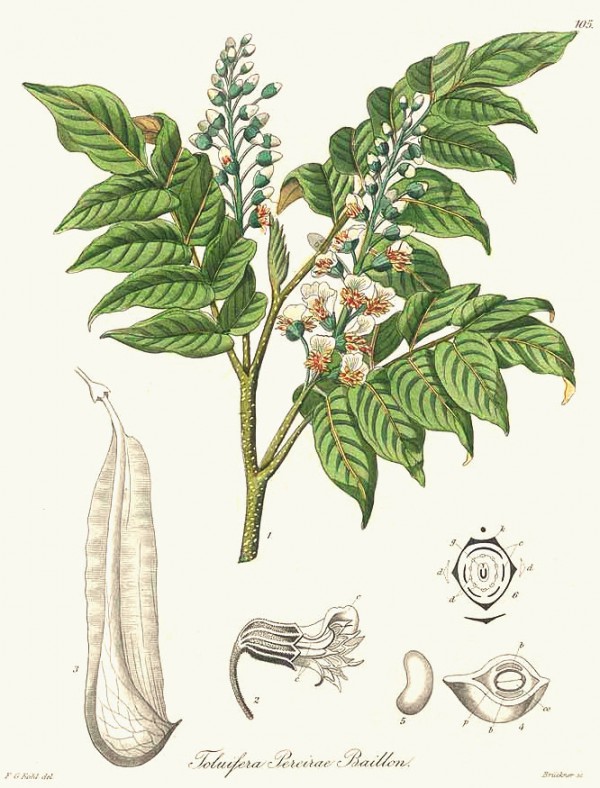
Myroxylon balsamum var.pereirae as Toluifera pereirae Baillon
Kohl, F.G., Die officinellen Pflanzen der Pharmacopoea Germanica, t.105 (1891-1895) [F.G.Kohl]
plantgenera.org
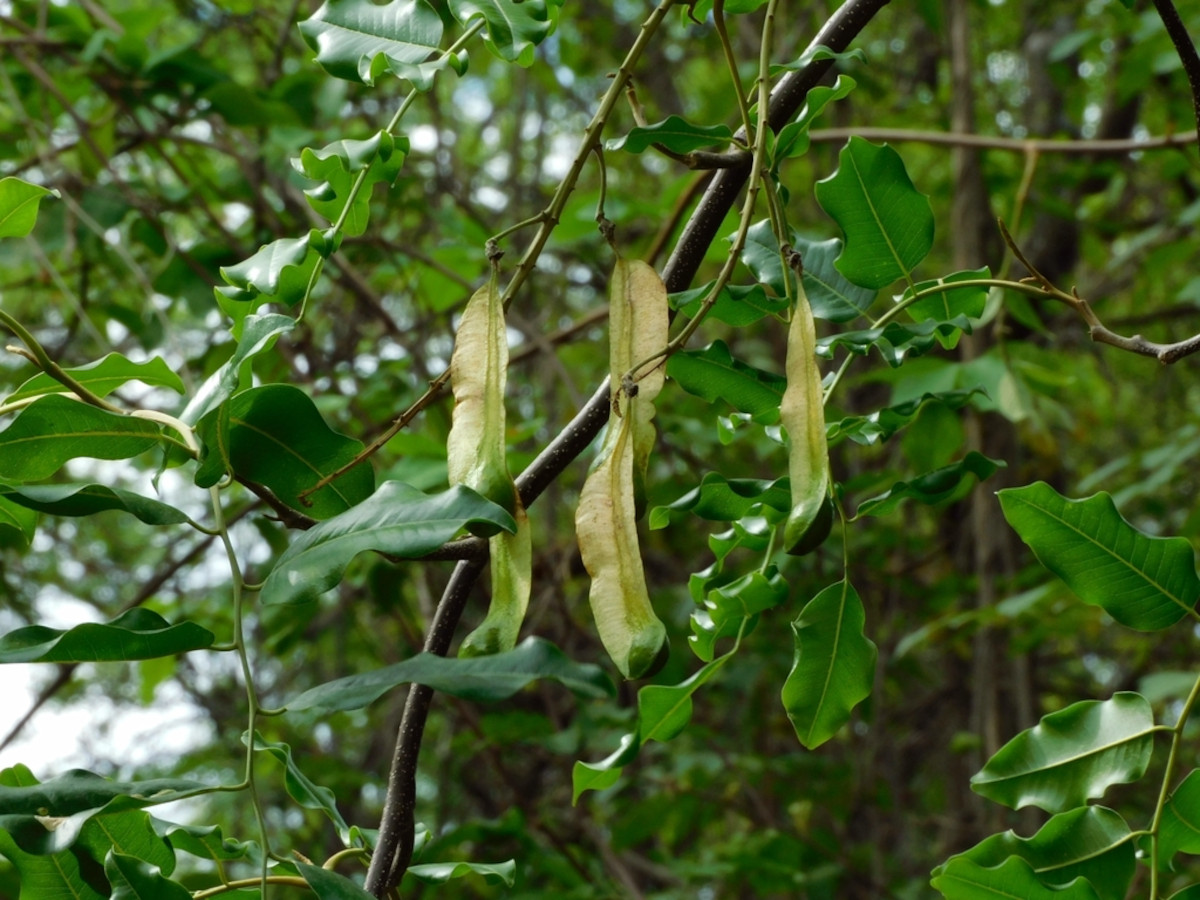
Myroxylon peruiferum, Gral. José de San Martín, Salta, Argentina (2023) © Ignacio Barrientos CC BY-SA 4.0 inaturalist.org
